Hooliganism and National Pride: When Patriotism Turns Violent
8 February 2025
Patriotism, at its core, is a beautiful sentiment. It's the love of one’s country, a deep-rooted passion that often brings people together in unity, especially during significant moments like national holidays, international sports events, or even times of crisis. However, when taken to extremes, this fervor can shift from a positive expression of national pride to something much darker. Enter hooliganism—a dangerous blend of nationalism, tribalism, and violence.
In this article, we’ll explore the intersection of hooliganism and patriotism, how national pride sometimes turns violent, and the broader societal issues that fuel this dangerous behavior. So, grab a cup of coffee, and let’s dive into this thought-provoking topic.
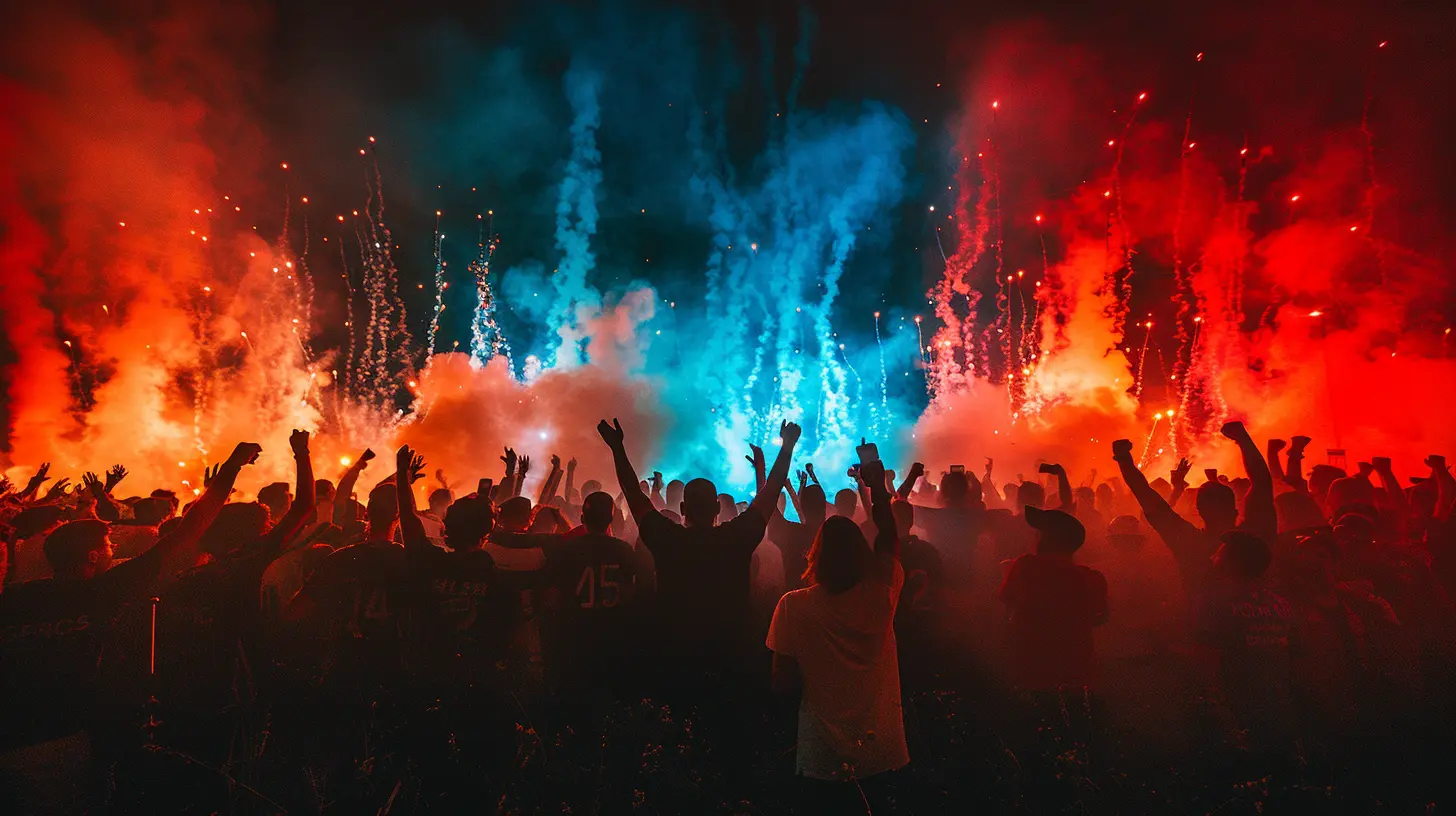
What is Hooliganism?
Before we get into the nitty-gritty of how national pride can fuel hooliganism, let's first define what hooliganism actually is.Hooliganism refers to disruptive or violent behavior, typically by fans of sports teams. While not exclusive to football (soccer), it is most often associated with it. The term “football hooliganism” was coined in the 1960s and 1970s when incidents of violence at soccer matches started making headlines across Europe. The behavior involves organized groups of fans who engage in aggressive actions, often against supporters of rival teams.
But hooliganism isn’t just about a few rowdy fans getting into fistfights after a match. In many cases, it’s an organized activity, with groups known as “firms” or “crews” planning violent confrontations with rival supporters, both before and after games. And here's where it gets complicated—often, the violence is fueled by more than just a love for a team. Nationalism and patriotism can also play a significant role.
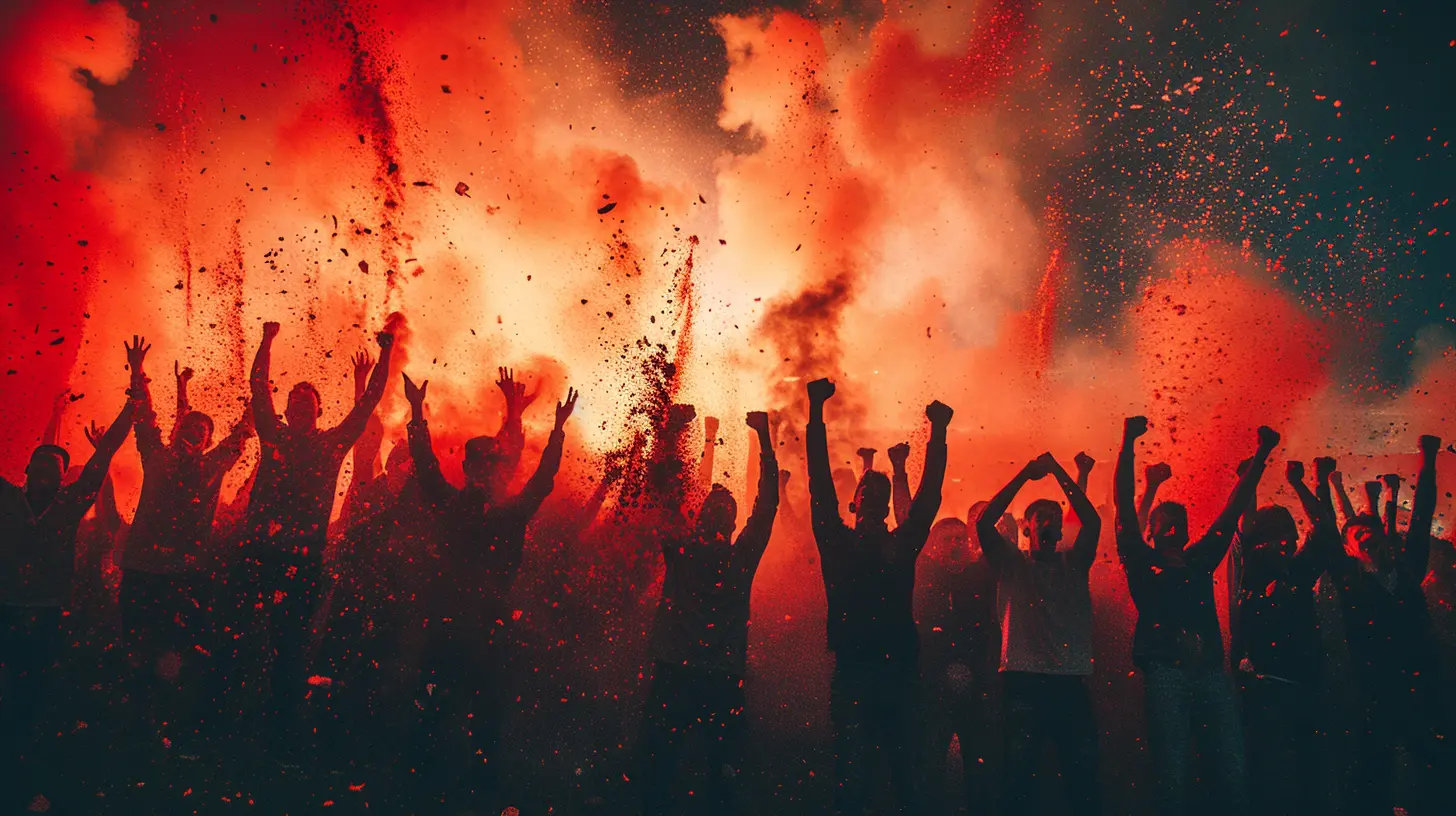
The Dangerous Intersection of Hooliganism and National Pride
So, how does patriotism come into play? Well, it’s not unusual for sports fans to wrap their identity in the colors of their nation's flag. After all, many international tournaments like the FIFA World Cup or the UEFA European Championship are not just about football; they are about representing your country on a global stage. Wearing your national jersey, singing the national anthem, and waving the flag are all deeply symbolic acts of national pride.However, in some cases, this pride can morph into something more sinister. Hooligan groups often use national identity as a tool to justify their violent behavior. They may claim they are defending their country’s honor, fighting for their people, or standing up against what they perceive as disrespect from other nations.
Patriotism or Tribalism?
At its worst, hooliganism becomes a form of tribalism—a mentality of "us versus them." When fans of different national teams clash, it’s no longer just about the sport. It becomes about national superiority, historical grudges, and cultural differences. This is where patriotism turns into its dangerous cousin: nationalism.Nationalism, unlike patriotism, often involves the belief that one’s country is superior to others. And when hooligans adopt this mindset, they feel justified in using violence to defend their nation’s perceived superiority. They may chant racist or xenophobic slogans, attack foreign fans, or engage in street brawls with those they see as enemies of their country.
A History of Violence: Examples of Hooliganism Fueled by Nationalism
Unfortunately, history is full of examples where national pride led to violent clashes between football fans. Let’s take a look at a few notable incidents:1. The Battle of Santiago (1962)
The 1962 FIFA World Cup match between Chile and Italy is often referred to as “The Battle of Santiago.” Tensions were already high due to inflammatory comments made by Italian journalists about Chile before the game. The match itself was an all-out brawl, with players engaging in fist fights, kicks, and even police intervention on the pitch. While this wasn’t purely fan hooliganism, it set the tone for how national pride could escalate into violence in football.2. England vs. Germany (Euro 2000)
England and Germany’s football rivalry goes beyond the pitch. Their matches are often loaded with political and historical undertones, especially due to the two World Wars. During Euro 2000, violent clashes broke out between English hooligans and German fans in the Belgian city of Charleroi. English fans chanted offensive songs referencing WWII, while German fans retaliated by throwing objects. The violence was so severe that it led to mass arrests and England being warned by UEFA that they could be expelled from future tournaments if their fans' behavior didn’t improve.3. Russia vs. England (Euro 2016)
One of the most recent and severe cases of hooliganism occurred during Euro 2016, when Russian and English fans clashed in the French city of Marseille. What was meant to be a celebration of football turned into street warfare, with hooligans from both sides engaging in violent confrontations. Russian fans were particularly organized, reportedly training in martial arts ahead of the tournament to prepare for fights with English supporters. The violence was so bad that it left dozens hospitalized and nearly caused Russia’s expulsion from the tournament.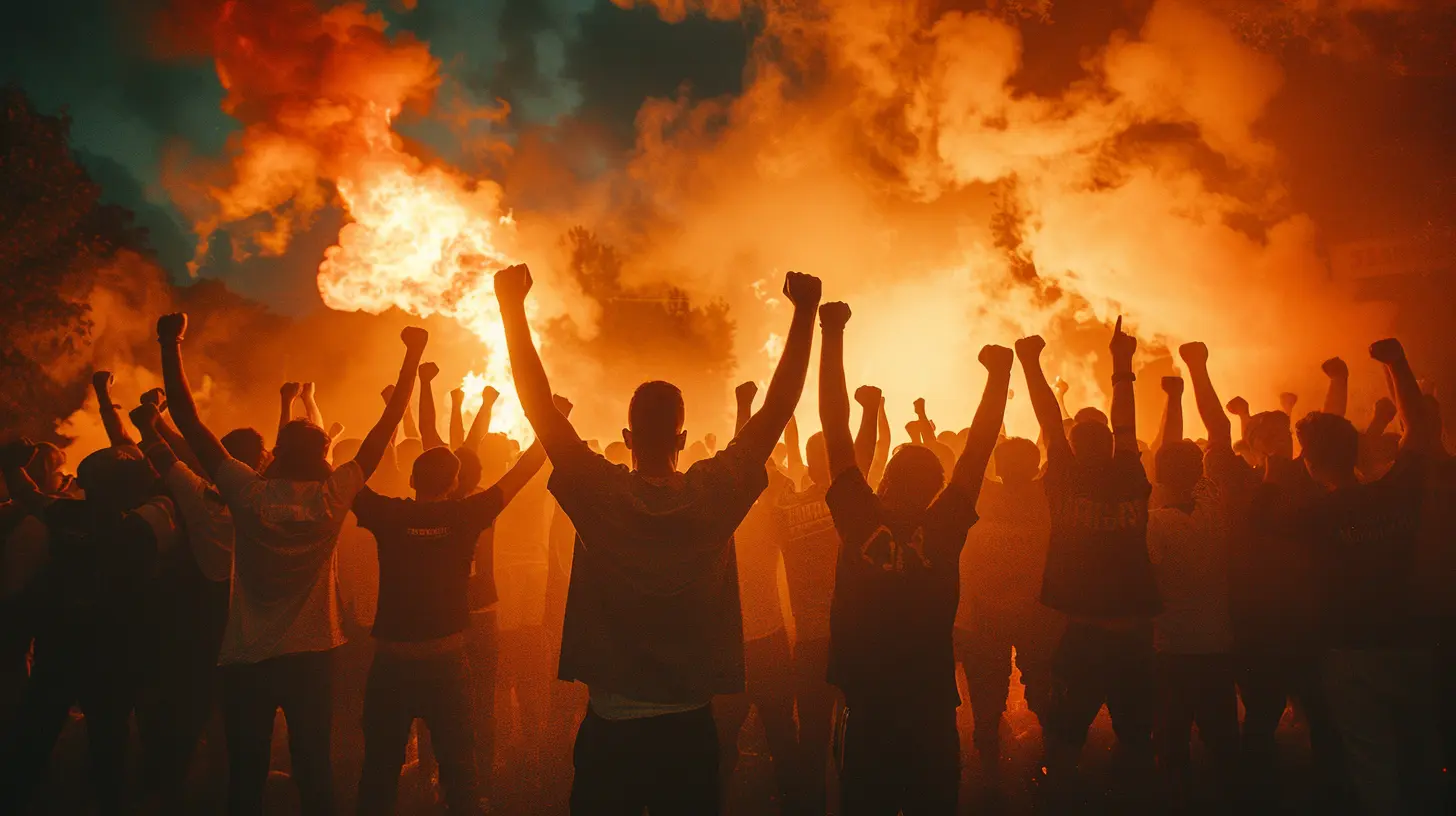
Why Does National Pride Turn Violent?
You might be wondering, why does national pride, something so positive, sometimes turn into violence? The answer isn’t simple, but several factors contribute to this phenomenon.1. Historical Tensions
Sports often serve as a proxy for geopolitical conflicts. Countries with a history of war, colonization, or political disputes often see these tensions play out in the sporting arena. Matches between nations like England and Argentina, or Serbia and Croatia, often evoke memories of past conflicts, and these historical grudges sometimes fuel the violence between fans.2. Groupthink and Mob Mentality
Hooliganism often occurs in large groups, and psychology has shown that people are more likely to engage in violent or aggressive behavior when they are part of a crowd. The anonymity of being in a group can lower individual accountability, leading people to act in ways they otherwise wouldn’t if they were alone. National pride amplifies this—when you’re surrounded by your countrymen, all chanting and waving flags, it’s easy to get swept up in the moment, even if that moment turns violent.3. Alcohol and Substance Abuse
It’s no secret that alcohol and sports often go hand in hand. Many cases of hooliganism are fueled by excessive drinking, which lowers inhibitions and increases aggression. Add national pride to the mix, and you have a recipe for disaster. Fans may start off celebrating their team’s success but quickly become belligerent, especially when provoked by rival supporters.4. The Role of the Media
The media can also play a role in escalating tensions. Sensationalist headlines that frame matches as “battles” or “wars” between nations can fuel the rivalry between fans. In some cases, the media has been accused of exacerbating nationalistic sentiment by focusing on historical grievances between countries, rather than the sport itself.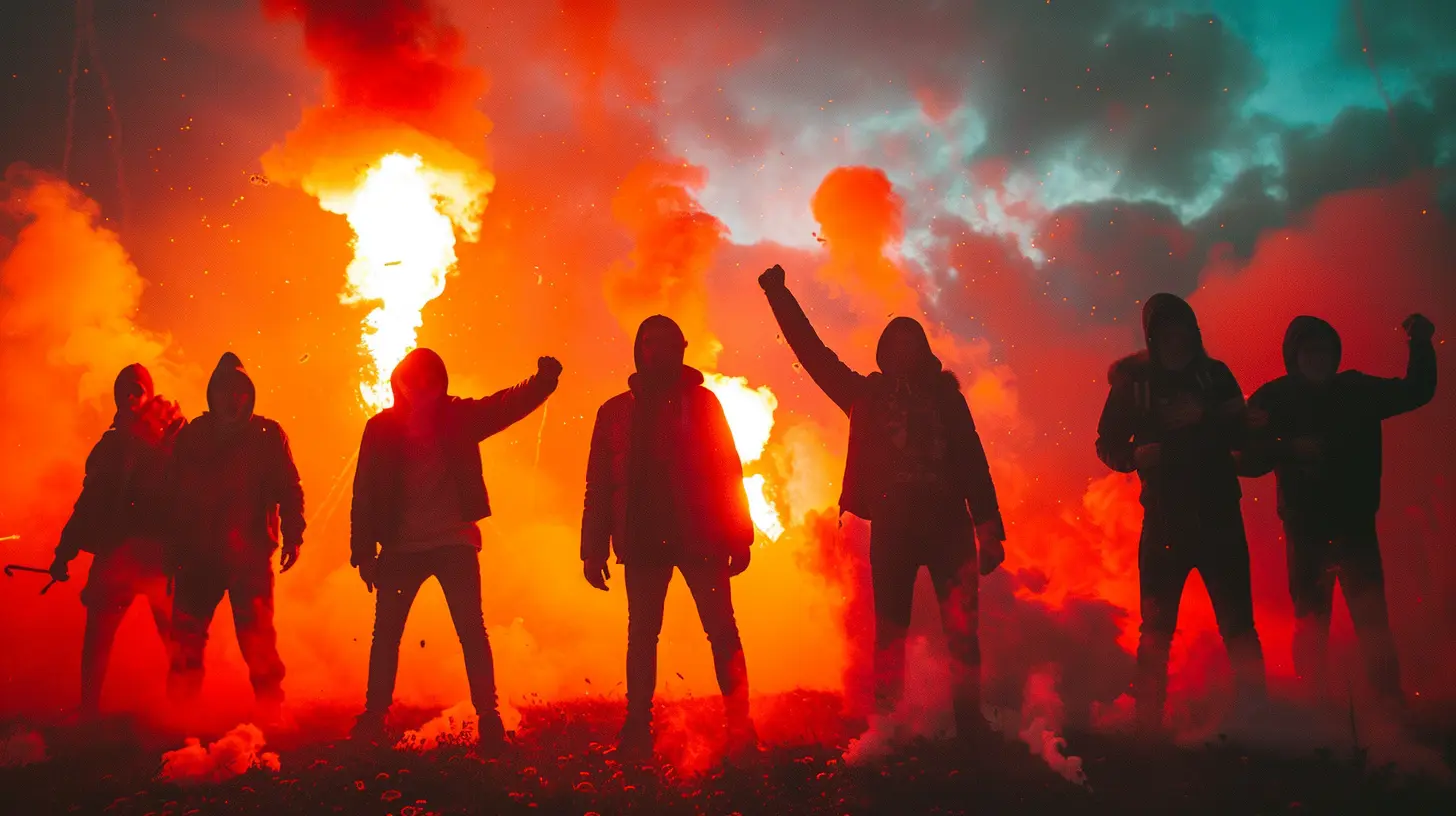
The Social Consequences of Hooliganism
While hooliganism may seem like just a problem for sports fans, its consequences can be far-reaching. Violent clashes between fans can lead to injuries, property damage, and even deaths. Cities that host international tournaments often suffer from vandalism and street violence, harming local businesses and communities.Moreover, hooliganism can tarnish a nation’s reputation on the global stage. Countries known for having violent football fans may face sanctions from international sporting bodies, or even be banned from future competitions. This can lead to a loss of national pride in a different way—fans who genuinely love the sport may feel ashamed of their country’s behavior.
Can This Cycle Be Broken?
So, is there any hope for breaking the cycle of hooliganism fueled by national pride? The good news is, yes. While it’s a complex issue, several strategies have proven effective in reducing hooliganism.1. Stricter Policing and Security Measures
One of the most effective ways to curb hooliganism is through stricter policing and security measures at football matches. Many stadiums now employ advanced surveillance technology, facial recognition systems, and increased police presence to deter violent behavior. In some cases, known hooligans are banned from attending matches altogether.2. Fan Education and Awareness Campaigns
Some football clubs and national teams have launched campaigns aimed at educating fans about the dangers of hooliganism. These campaigns often encourage supporters to practice good sportsmanship, respect rival fans, and celebrate the game in a positive way.3. International Collaboration
Hooliganism is a global problem, and tackling it requires international cooperation. Many countries now work together to share information about known hooligans, coordinate security efforts, and promote safe environments for fans attending international tournaments.
Conclusion
Hooliganism and national pride are a volatile mix. What begins as a love for one’s country can quickly spiral into violence, driven by historical tensions, groupthink, and even alcohol. While it’s easy to get caught up in the excitement of supporting your nation’s team, it’s essential to remember that sports should be a unifying force, not a divisive one.As fans, we have a responsibility to channel our patriotism in positive ways. After all, at the end of the day, it’s just a game—one that should bring people together, not tear them apart.
all images in this post were generated using AI tools
Category:
HooliganismAuthor:

Fernando Franklin
Discussion
rate this article
17 comments
Graham McCaffrey
Who knew flag-waving could lead to fist-swinging? Let's swap riot gear for cheerleading pom-poms and keep the pride peaceful!
March 27, 2025 at 1:02 PM

Fernando Franklin
Absolutely! Let's channel that energy into celebration rather than conflict. Peaceful expressions of pride can unite rather than divide.
Zareth Estes
Passion unites, violence divides.
March 8, 2025 at 12:37 PM

Fernando Franklin
Thank you for your insightful comment! Indeed, passion can foster unity, but when misdirected, it can unfortunately lead to division and violence in the name of patriotism.
Soleil Maddox
Hooliganism often exploits national pride, transforming supportive passion into destructive behavior. While patriotism can unite fans, it occasionally fosters aggression, highlighting the need for responsible expression in sports culture.
March 6, 2025 at 5:25 AM

Fernando Franklin
Thank you for your insightful comment! You’ve captured the complex relationship between patriotism and hooliganism well, emphasizing the importance of fostering responsible expressions of national pride in sports.
Carla Jones
This article effectively highlights the dangerous intersection of nationalism and violence in sports. Hooliganism not only tarnishes the spirit of competition but also reflects deeper societal issues. It’s crucial to address these behaviors to promote a positive and inclusive sports culture that celebrates unity over division.
March 1, 2025 at 7:27 PM

Fernando Franklin
Thank you for your insightful comment! You're absolutely right—addressing hooliganism is essential for fostering a sports culture that values unity and inclusivity.
Kaitlin Watson
This article sheds light on a crucial issue often overlooked in discussions about sports. It’s important to remember that while national pride can unite, it can also lead to destructive behavior. Understanding the roots of hooliganism helps us address the problem and promote a healthier expression of passion in sports.
March 1, 2025 at 12:10 PM

Fernando Franklin
Thank you for your insightful comment! It's essential to strike a balance between national pride and healthy sportsmanship to prevent destructive behaviors like hooliganism.
Angie McRae
Who knew loyalty to a jersey could spark more drama than a soap opera? Remember, folks: cheering for your team should involve pom-poms, not police. Let’s keep the passion, minus the mayhem!
March 1, 2025 at 3:46 AM

Fernando Franklin
Absolutely! It's crucial to channel our passion for sports positively—let's celebrate our teams without resorting to violence.
Jessamine McIntosh
Hooliganism obscures true national pride, transforming passion for sports into dangerous violence that undermines community spirit.
February 27, 2025 at 8:08 PM

Fernando Franklin
Thank you for your insightful comment. Indeed, hooliganism can distort genuine national pride, shifting focus from celebration to violence, ultimately harming community cohesion.
Raina McDougal
Who knew national pride could turn fans into a mob? Next time, let’s wave flags, not fists, at the game!
February 27, 2025 at 12:06 PM

Fernando Franklin
Thank you for your insightful comment! It's crucial to channel our national pride positively, fostering unity rather than aggression.
Quinn Rivera
Understanding the roots of hooliganism can help us foster true patriotism. Let’s channel our passion into unity and respect in sports!
February 25, 2025 at 9:35 PM

Fernando Franklin
Absolutely! Understanding the underlying factors of hooliganism is crucial in promoting a positive and inclusive form of patriotism that unites rather than divides. Let's celebrate sportsmanship together!
Carmen Cannon
Great read! It’s wild how passion for sports can sometimes blur the lines between pride and aggression. Let’s celebrate positively!
February 24, 2025 at 8:18 PM

Fernando Franklin
Thank you! I appreciate your insights on the fine line between passion and aggression in sports. Celebrating positively is key!
Kian McGinn
Sports should unite us, not divide us! While passion runs high, let’s channel that energy into cheering for our teams with joy and respect. Remember, true patriotism shines brightest when we lift each other up—both on and off the field!
February 21, 2025 at 3:39 AM

Fernando Franklin
Absolutely! Fostering a spirit of unity and respect in sports can transform passion into a powerful force for positive change, elevating both our teams and our communities.
Maxwell McGeehan
This article insightfully explores the thin line between national pride and hooliganism, revealing how fervent patriotism can morph into violence. It highlights the need for addressing underlying societal issues and fostering a culture of positive expressions of loyalty, rather than allowing pride to fuel destructive behavior.
February 16, 2025 at 8:50 PM

Fernando Franklin
Thank you for your thoughtful comment! I'm glad you found the article insightful. Addressing these complex issues is crucial for fostering healthier expressions of patriotism.
Tabitha Williams
This article captures the complex intersection of passion and violence in sports. It’s a poignant reminder of the fine line between pride and aggression.
February 15, 2025 at 12:49 PM

Fernando Franklin
Thank you for your insight! I'm glad the article resonated with you and highlighted the delicate balance between passion and aggression in sports.
Oscar Hodge
When fervor ignites, lines blur. Is it loyalty or madness? Unraveling the dark tapestry of national pride reveals deeper truths lurking beneath the surface.
February 13, 2025 at 12:18 PM

Fernando Franklin
Thank you for your insightful comment! It perfectly captures the complex interplay between fervent patriotism and the potential for irrational behavior in the context of hooliganism.
Nicole Chapman
This article captures the troubling intersection of patriotism and violence in sports culture. Hooliganism not only tarnishes national pride but also endangers communities. Addressing these issues requires a collective effort to promote healthier expressions of fandom and respect for both the game and its diverse supporters.
February 11, 2025 at 12:10 PM

Fernando Franklin
Thank you for your insightful comment! I completely agree that fostering healthier fandom and mutual respect is essential to combat hooliganism and preserve the spirit of sports.
Callisto Fisher
This article raises important points about the fine line between national pride and violent behavior. It’s crucial for sports communities to foster a culture of respect and inclusivity, promoting healthy expressions of patriotism. Understanding the roots of hooliganism can help us create a safer environment for all fans. Thank you for addressing this issue.
February 11, 2025 at 5:26 AM

Fernando Franklin
Thank you for your thoughtful comment! I completely agree that fostering respect and inclusivity in sports is essential to mitigating hooliganism.
Kristy Mahoney
Ah yes, nothing says "I love my country" like a brawl!
February 8, 2025 at 1:08 PM

Fernando Franklin
Indeed, it's a troubling paradox where passion for one's country spirals into aggression.
MORE POSTS

Athletes Who Show Us That Limits Are Only in the Mind

Understanding Macronutrients: A Guide to Balancing Protein, Carbs, and Fats

The Impact of Football on Local Communities

Gaining an Edge: The Role of Sports Chiropractors in Injury Prevention

Influence of Political Movements on Football Hooliganism

When Failure Fuels Greatness: Athletes Who Made the Ultimate Comeback

How to Keep Your Back Healthy During Strength Training

How to Master the Perfect Drive
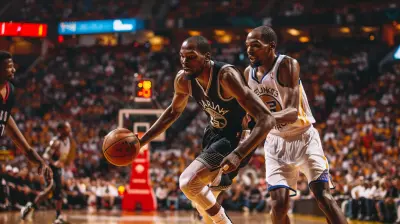
How Player Efficiency Rating (PER) Impacts NBA Contracts

Crunching the Numbers: The Importance of Efficiency in Golf

Underrated Football Leagues You Should Watch